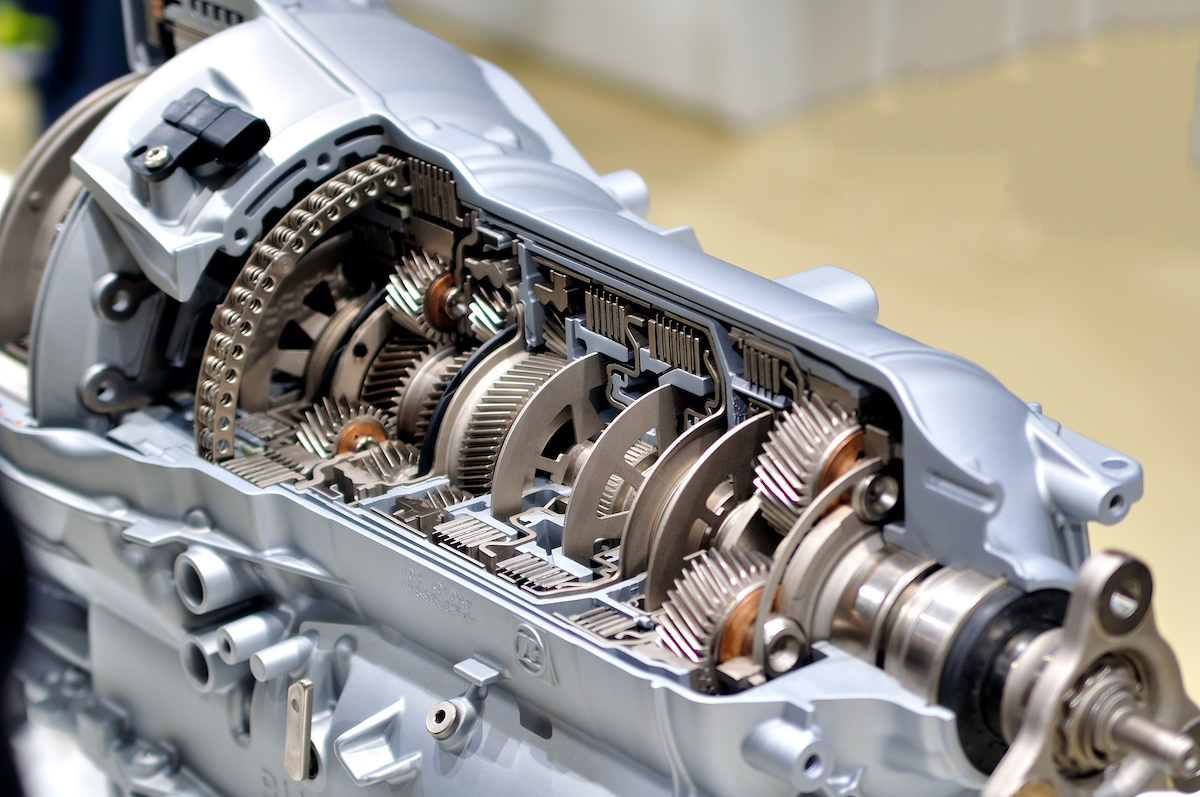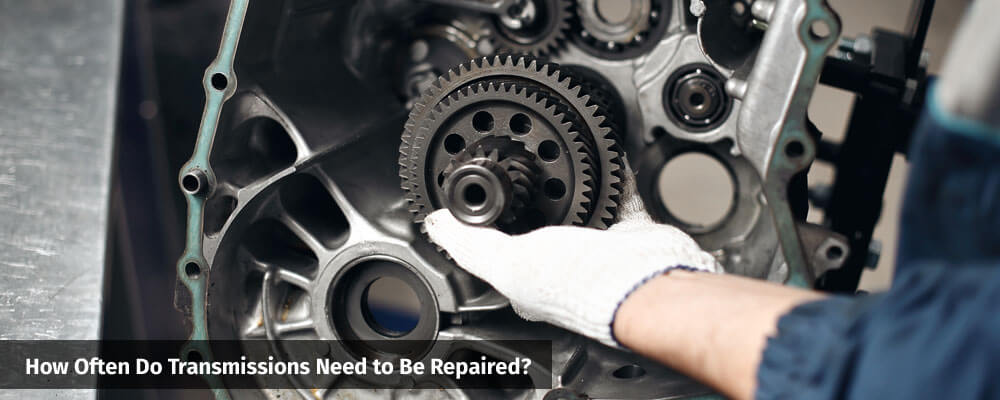Transmissions, the vital component that ensures the smooth operation of a vehicle, are often taken for granted until a problem arises. Unbeknownst to many, these intricate systems require regular maintenance and, in some cases, even replacement. This begs the question: how often do transmissions need to be replaced? In this article, we will dive into the fascinating world of transmissions, exploring the factors that contribute to their lifespan and shedding light on the signs that indicate a replacement may be necessary.
As a driver, understanding the lifespan of your vehicle’s transmission is crucial for maintaining its overall health and longevity. The truth is, there is no definitive answer to the question of how often transmissions need to be replaced. Several variables come into play, including the type of transmission, driving habits, maintenance, and even external factors such as road conditions. By delving into these factors, we can gain a deeper understanding of the lifespan of transmissions and equip ourselves with the knowledge needed to make informed decisions regarding their maintenance and replacement. So, let’s embark on this journey together, unraveling the mysteries behind the lifespan of transmissions and discovering the signs that may indicate it’s time for a replacement.
Transmissions typically last between 150,000 to 200,000 miles. However, the lifespan can vary depending on various factors such as driving habits, maintenance, and the type of transmission. Regular maintenance and fluid changes can help prolong the life of your transmission. If you notice any signs of transmission issues, it’s best to have it checked by a professional mechanic.

How Often Do Transmissions Need to be Replaced?
Transmissions are an integral part of a vehicle’s drivetrain system, responsible for transferring power from the engine to the wheels. Over time, transmissions may experience wear and tear, leading to decreased performance and potential failure. However, the frequency at which transmissions need to be replaced can vary depending on several factors.
1. Regular Maintenance and Inspections
Regular maintenance and inspections play a crucial role in determining how often a transmission needs to be replaced. Following the manufacturer’s recommended maintenance schedule is essential in ensuring the longevity of the transmission. Routine tasks such as fluid changes, filter replacements, and inspections can help identify any potential issues early on.
Typically, it is advised to have a transmission fluid change every 30,000 to 60,000 miles, depending on the vehicle and driving conditions. Neglecting this maintenance can lead to contaminated or degraded fluid, which can cause excessive heat and accelerated wear on transmission components.
2. Driving Habits
Driving habits can greatly impact the lifespan of a transmission. Aggressive driving, such as frequent hard acceleration and sudden braking, can put additional stress on the transmission. This can lead to increased wear and tear, potentially shortening its lifespan.
Driving in extreme conditions, such as towing heavy loads or frequently driving in stop-and-go traffic, can also contribute to increased transmission wear. In such cases, it may be necessary to replace the transmission sooner than the average lifespan.
3. Quality of Transmission and Repairs
The quality of the transmission itself and any repairs performed can significantly affect the replacement frequency. Rebuilt or remanufactured transmissions may have a shorter lifespan compared to brand new ones. It is crucial to choose a reputable manufacturer or supplier when purchasing a replacement transmission.
Furthermore, the quality of repairs, such as addressing any leaks, fixing damaged seals, or replacing worn-out components, can also impact the transmission’s lifespan. Poorly executed repairs or the use of subpar parts may lead to premature failure, necessitating a replacement sooner than expected.
4. Overall Vehicle Maintenance
The overall maintenance of the vehicle can indirectly affect the transmission’s lifespan. Neglecting other aspects of the vehicle, such as engine maintenance or brake system checks, can put additional strain on the transmission. Mechanical issues in other areas of the vehicle can lead to excessive stress on the transmission, potentially shortening its lifespan.
Regularly inspecting and addressing any issues with the vehicle as a whole can help ensure the transmission’s longevity. It is advisable to follow the manufacturer’s recommended maintenance schedule for all aspects of the vehicle.
5. Manufacturer Recommendations
Finally, it is important to consider the manufacturer’s recommendations regarding transmission replacement. Different manufacturers may have varying guidelines based on their specific transmission designs and engineering. Checking the owner’s manual or contacting the manufacturer directly can provide valuable insights into when a transmission may need to be replaced.
Keeping in mind these factors, it is difficult to specify an exact timeframe for transmission replacement. However, by prioritizing regular maintenance, adopting good driving habits, choosing quality transmission products, and ensuring overall vehicle health, you can maximize the lifespan of your transmission.
Frequently Asked Questions
Here are some commonly asked questions about how often transmissions need to be replaced:
Q: What is the average lifespan of a transmission?
A: The average lifespan of a transmission can vary depending on several factors, including the make and model of the vehicle, driving habits, and maintenance. However, on average, a well-maintained transmission can last between 150,000 and 200,000 miles or around 10 to 15 years.
Regular maintenance, such as fluid changes and filter replacements, can help extend the lifespan of a transmission. It’s important to follow the manufacturer’s recommended maintenance schedule to ensure optimal performance and longevity.
Q: How can I tell if my transmission needs to be replaced?
A: There are several signs that may indicate a failing transmission. These include slipping gears, delayed engagement, rough shifting, fluid leaks, and strange noises like grinding or whining. If you experience any of these symptoms, it’s recommended to have your transmission inspected by a qualified mechanic.
Keep in mind that not all transmission issues require a full replacement. In some cases, a repair or component replacement may be sufficient. A professional diagnosis is essential to determine the exact cause of the problem and the most appropriate solution.
Q: Can regular maintenance prevent the need for transmission replacement?
A: Yes, regular maintenance can significantly reduce the likelihood of needing a transmission replacement. Following the manufacturer’s recommended maintenance schedule, which typically includes fluid changes, filter replacements, and inspections, helps keep the transmission in good condition.
Regular maintenance allows for early detection of potential issues and allows for timely repairs, preventing further damage. It also helps maintain proper fluid levels and quality, which is crucial for the smooth operation of the transmission.
Q: Are there any driving habits that can increase the risk of transmission failure?
A: Yes, certain driving habits can increase the risk of transmission failure. These include aggressive driving, towing or hauling heavy loads beyond the vehicle’s capacity, and neglecting routine maintenance. Driving in extreme conditions, such as high temperatures or stop-and-go traffic, can also put additional strain on the transmission.
It’s important to drive responsibly, avoid sudden acceleration or deceleration, and properly maintain your vehicle to minimize the risk of transmission issues.
Q: Can a transmission be rebuilt instead of replaced?
A: Yes, in many cases, a transmission can be rebuilt instead of replaced. Rebuilding involves disassembling the transmission, inspecting and replacing worn or damaged parts, and then reassembling it to factory specifications. This option is often less expensive than a full replacement and can extend the life of the transmission.
However, not all transmissions are suitable for rebuilding, especially if the damage is extensive or if the transmission is very old. A professional evaluation is necessary to determine the feasibility of rebuilding and the most cost-effective solution for your specific situation.

Moreover, being attentive to warning signs such as slipping gears, unusual noises, or difficulty in shifting gears is paramount. Ignoring such symptoms can lead to more severe damage and an eventual need for transmission replacement. By addressing these concerns promptly and seeking professional assistance when needed, vehicle owners can ensure the longevity of their transmissions and avoid costly repairs in the future.
In summary, the question of how often transmissions need to be replaced does not have a definitive answer. However, by practicing regular maintenance, being aware of warning signs, and promptly addressing any issues that arise, vehicle owners can prolong the lifespan of their transmissions and enjoy smooth and trouble-free driving for years to come.
- How Much Does It Cost to Fix a Sunroof: Expert Pricing Guide - May 18, 2024
- How Much is Oil Change at VW Dealer: Discover Cost-Saving Options Now! - May 18, 2024
- How to Calibrate Your Fuel Gauge: Step-by-Step Guide - May 18, 2024
